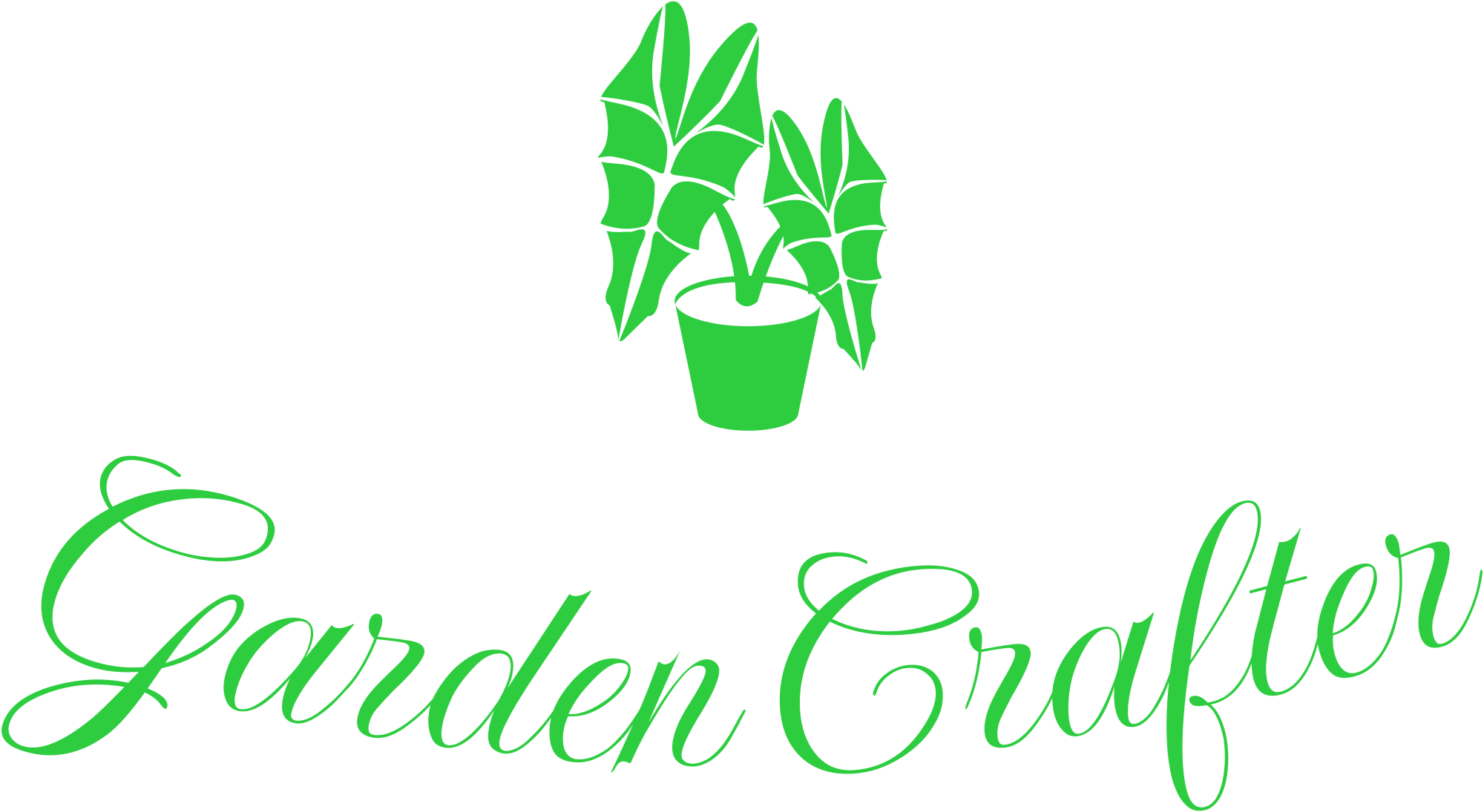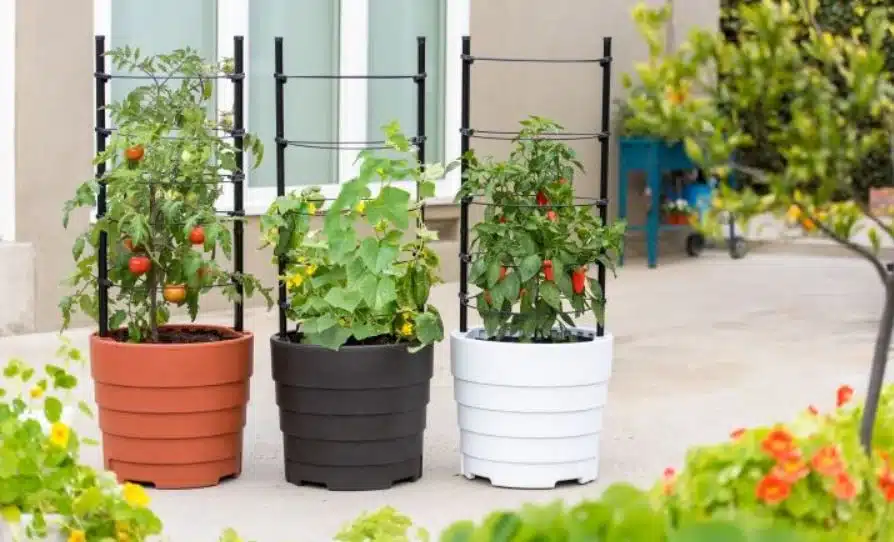With today’s busy city life, people are slowly but surely becoming more interested in growing their vegetables. Small-space vegetable growing is a popular method of growing vegetables in a small area. This allows you to enjoy home-grown food even in the smallest space. Here are some useful tips to help you successfully grow vegetables in a small area.
1. Choose the Right Container:
Choosing the right container is an important part of small-area gardening. Choose a pot that is deep enough to allow roots to grow and has good drainage to prevent the soil from becoming too wet. To save space, consider vertical garden options such as hanging pots or planters that can be mounted on the wall.
2. Choose the Right Vegetables:
Not all vegetables grow well in a small garden. Beware of low and compact models that perform well in small spaces. You can choose from cherry tomatoes, mini carrots, or bush beans. Researching and selecting vegetables that grow well in a small space will result in a great harvest.
3. Make Use of Vertical Space:
If you don’t have enough space, vertical gardening is the best way to grow plants. To make the most of your vertical space, hang baskets, trellises, or plant pots that move up and down. You can train vegetables that grow on vines, such as cucumbers and peas, to grow rather than sprawl, saving soil space.
4. Make the Most of the Sun:
For vegetables to grow well, they need sufficient sunlight. Position the pot or container so that the plant receives at least 6 to 8 hours of sunlight per day. You can use mirrors or light-reflecting surfaces to bring sunlight into shady areas.
5. Companion Plants:
Placing plants together that help each other is called companion planting. For example, placing basil next to tomatoes can make them taste better and deter pests. Learn more about companion plants and create a garden where everything works together in harmony.
6. Use High-quality Fertilizer and Soil:
Because your plants grow in pots, it is important to provide them with nutrient-rich soil. To promote healthy growth, purchase a good soil mix and consider using organic fertilizers. Check soil moisture regularly to ensure ideal conditions.
7. Save Water:
When it comes to small-space farming, it is important to know how to use water properly. To reduce waste, you can use self-watering basins or set up a drip irrigation system. Mulching is another great way to keep the soil moist and prevent weeds from growing.
8. Regular Maintenance Should be Carried Out:
For vegetable growing in small spaces to be effective, you have to pay attention. Check regularly for pests, diseases, and nutritional deficiencies. Prune and collect plants regularly to keep them growing.
9. Rotate Crops Regularly:
Crop rotation keeps the soil healthy and prevents the spread of diseases and pests. Move plants often and be careful not to grow the same food in the same spot every year. By using this simple method you can make your garden healthier overall.
10. Pick Crops at the Right Time:
Timing is very important when picking vegetables. Your vegetables will taste better and be healthiest if you pick them when they are at their ripest. Regular harvesting also allows the plants to produce more, so you can continue harvesting throughout the growing season.
11. Use Natural Methods to Eliminate Pests:
When gardening in a small area, preventing pests is very important. Use natural methods to eliminate pests, such as introducing ladybugs and lacewings, which are beneficial insects. While harmful chemicals are not an option, neem oil and diatomaceous earth are also good natural ways to repel pests.
12. Don’t be Afraid of Failure;
Not every planting season goes smoothly, and that’s okay. Challenges should be seen as opportunities to learn. If a crop isn’t doing well or pests are a problem, find out what went wrong, change your plans for next year, and do it again. Gardening is a skill that you can improve at any time.
13. Join a Gardening Group:
Connect with others growing in small spaces, online or in person. Talk about your problems, ask for help, and learn from others who are going through the same thing. The gardening community is a great place to get advice, get help with questions, and share your achievements with others who share your interests.
14. Write About Your Trip:
You can write down a small part of your gardening experience in a garden journal. Write down when you planted, what you saw, and any changes to your planting plan. This can help you track your progress and can also be used as a guide for subsequent seasons.
15. Tell People About Your Success on Social Media:
Celebrate your small space gardening victories by sharing your gardening efforts on social media sites. Join a gardening group, use the right hashtags, and share your travels to inspire others. Contacting other gardeners can give you extra inspiration and support.
Conclusion
In short, growing vegetables in a small area is a rewarding hobby that requires careful planning, consistent care, and a willingness to learn. With these tips, you can turn a small area into a thriving garden and enjoy the fresh, homegrown food you’ve worked so hard to produce.
FAQs
1. Which vegetables do you think are best suited to growing in a small space?
Choose from small and low profile. Cherry tomatoes, baby carrots, bush beans, and herbs like basil and thyme are all good choices.
2. How much sunlight do my plants need?
Make sure your plants get at least 6 to 8 hours of sunlight per day. Place the container in a way that gets the most sunlight, and consider using surfaces that reflect light to send it in different directions.
3. Can vegetables be grown indoors in a small area?
Certainly! Place planters, hanging pots, or vertical plants near a window to get enough light. You may want to use a grow light to help your plants get more sunlight when they need it.
4. What does companion planting mean? How does it help with gardening in small spaces?
Placing plants together that help each other is called companion planting. For example, storing basil with tomatoes makes the tomatoes taste better and keeps pests at bay. This helps the plants stay healthy and grow more food.
5. How can you save water while gardening in a small area?
Use self-watering pots, set up a drip irrigation system, and mulch to keep the soil moist. These tips can help reduce water waste and encourage wise water use.
6. What does crop rotation mean and why is it important?
As part of a crop rotation, plants are moved to a different location every day. This prevents dirt from drying out and diseases and pests from collecting in one place.


Thanks for sharing. I read many of your blog posts, cool, your blog is very good.